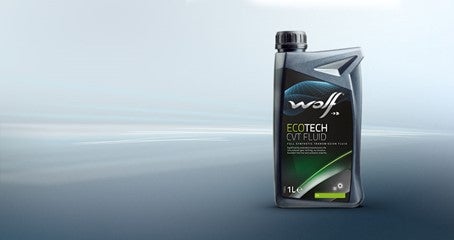Changing of the guard: the importance of fluids for CVTS (continuous variable transmission)

New tech demands new solutions. OEMs have integrated CVT technology, and the pressure on fluids to protect from wear is at its highest. Find out what you need to know.
With the uptake of CVT integration by many OEMs, fluid choice for CVTs could never be more important.
Conventional Automatic Transmission fluids provide protection in a number of areas that are a challenge to sub-par CVT fluids. Some of those are:
- Steel on steel friction
- Oxidation stability
- Shear stability
- Advanced wear protection
When looking at CVT fluids, allowing for high steel-to-steel friction is invaluable for high torque applications as well as aggressive slipping clutch operation. It is the only way to ensure extended fuel economy, while continuing wear protection throughout the transmission.
But a high-end CVT fluid must accomplish high-end protection across all of these areas to ensure low wear and optimal performance. The use of high-end CVT fluids has become a central part of the design process for CVT technology.
What makes the latest high-end CVT fluids special
Due to CVT’s use of a high friction force between the pulley and belt-chain to produce exceptional torque, CVT fluids must maintain a high friction level while also providing for maximum wear protection. The newest of the high-end fluids provide this protection while minimising slippage.
With the use of high-pressure pumps in CVT technology, shear stability is another essential facility of high-end fluids. Controlling fatigue and sliding wear is of the utmost qualifying metrics for a CVT fluid.
For more information on high-end CVT fluid, and its capacity to deal with oxidation release and paper-to-steel friction check out Wolf ECOTECH CVT Fluid.
Summary
- How do you ensure high Steel-to-steel friction ratios without compromising torque?
- CVT Fluid has never been more important
- Protecting your transmission means knowing what to look for in a CVT fluid